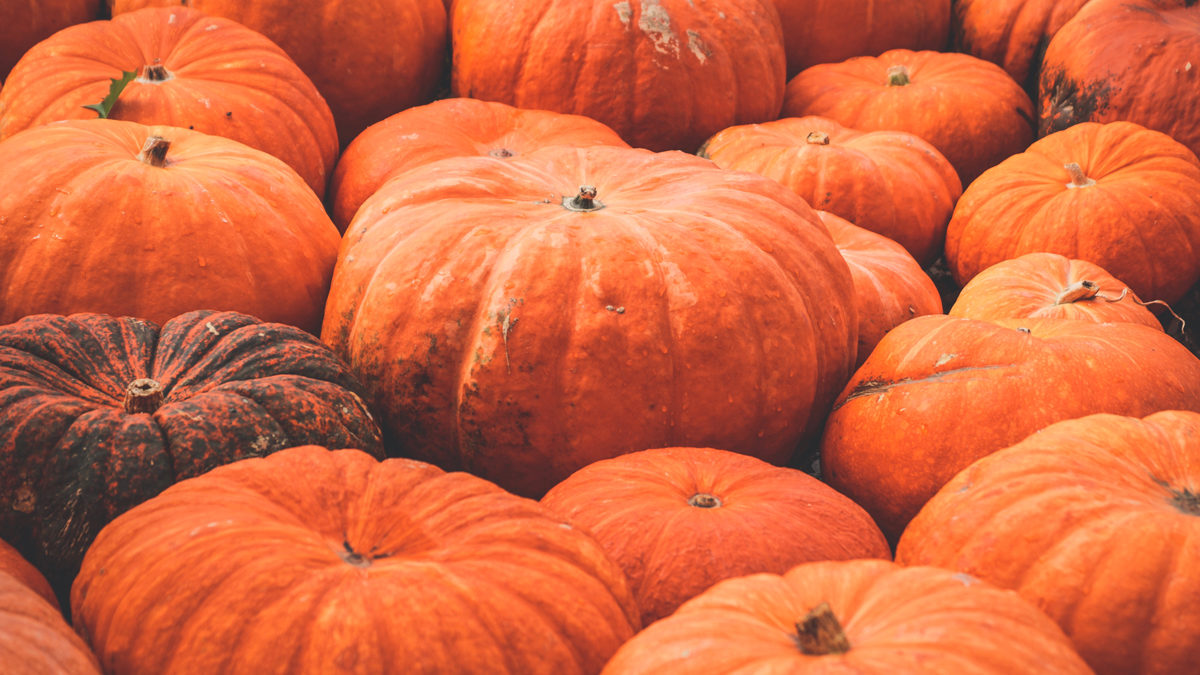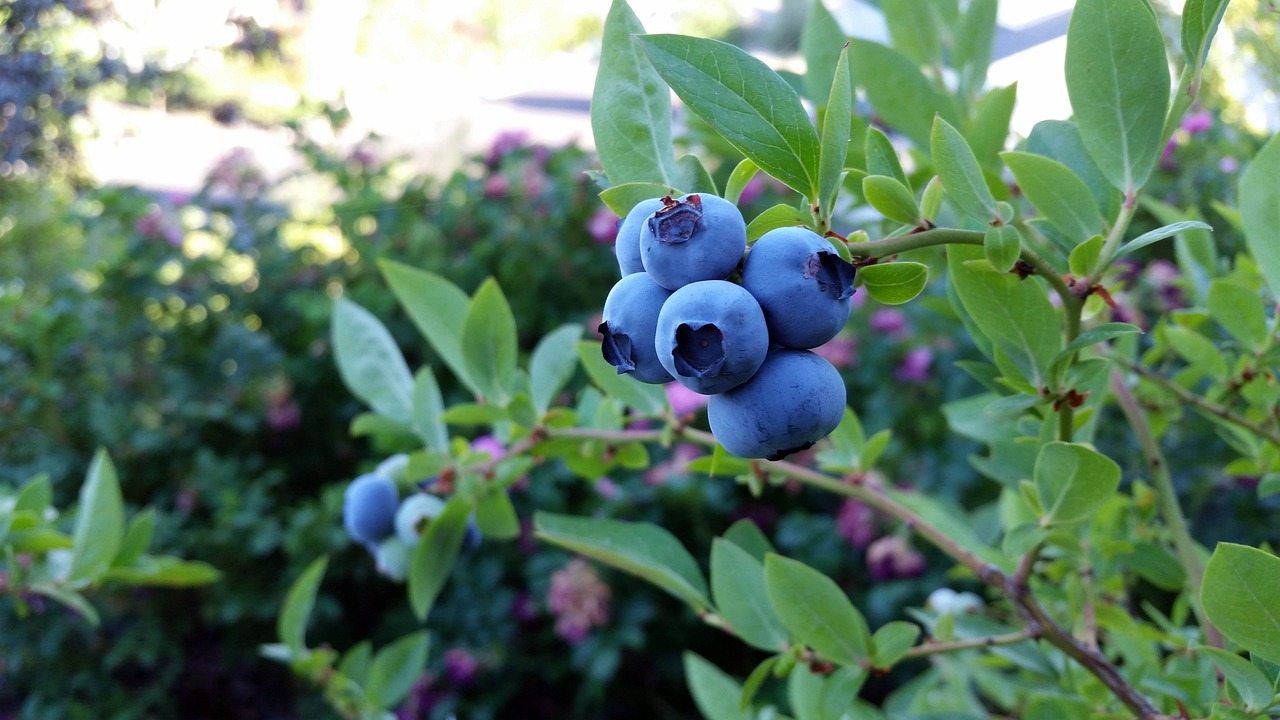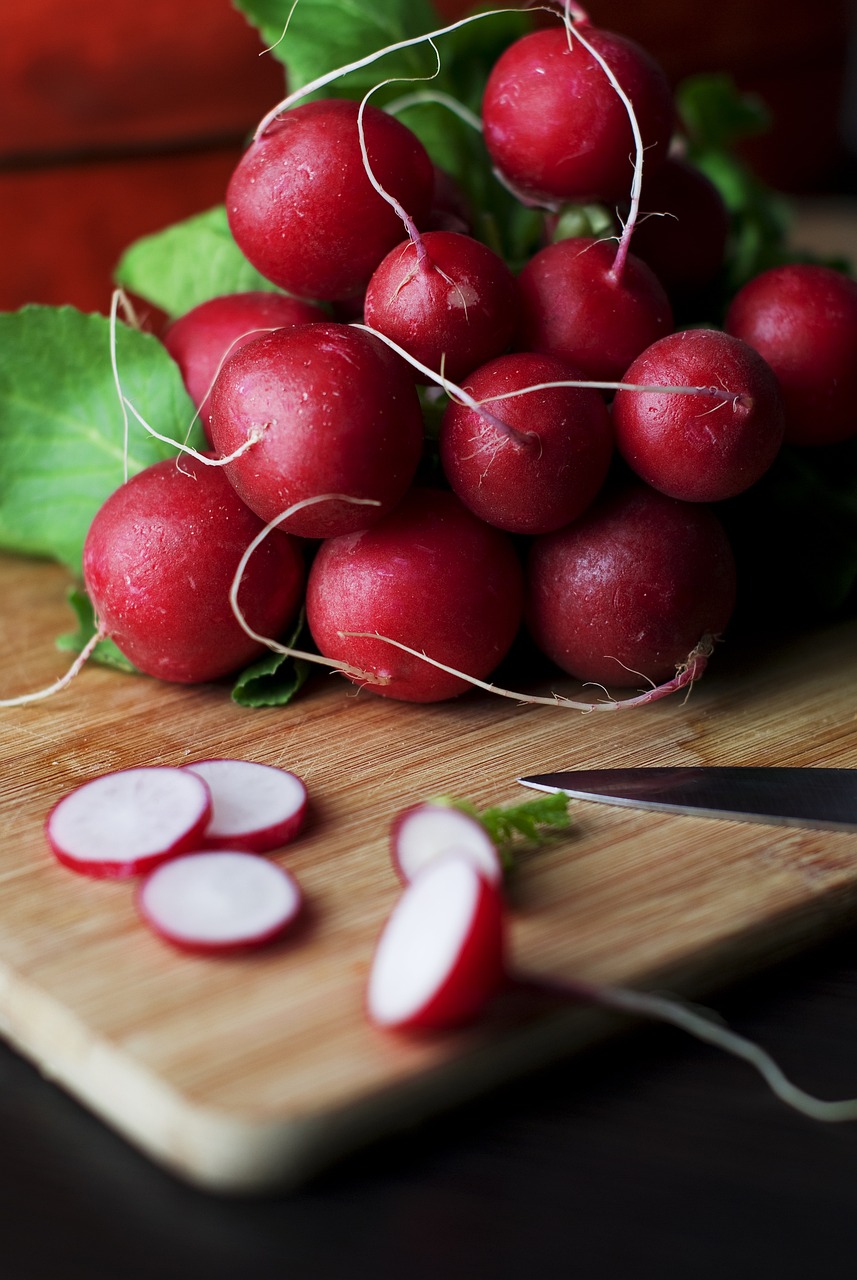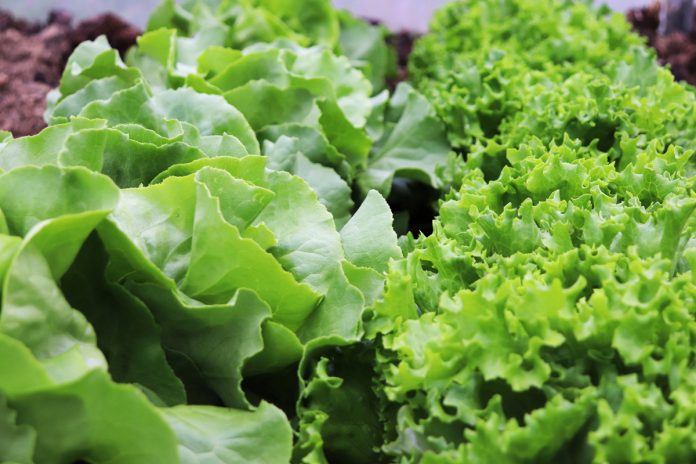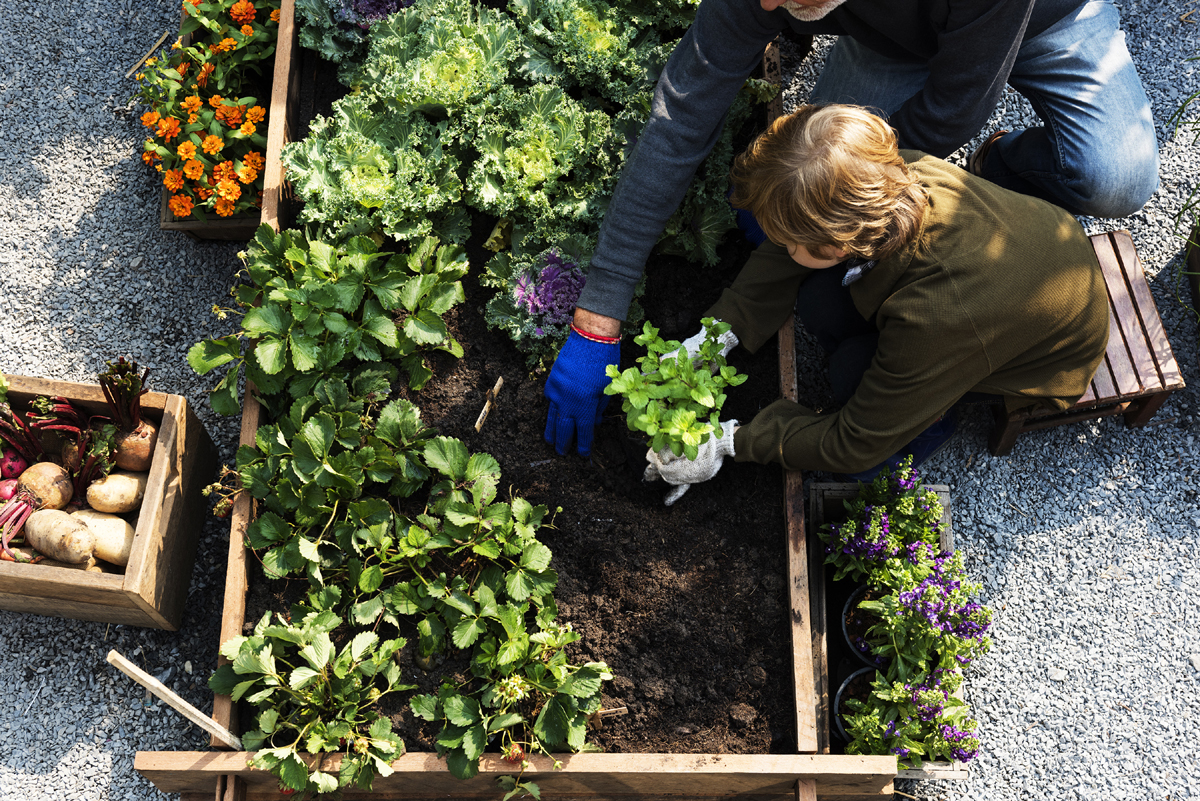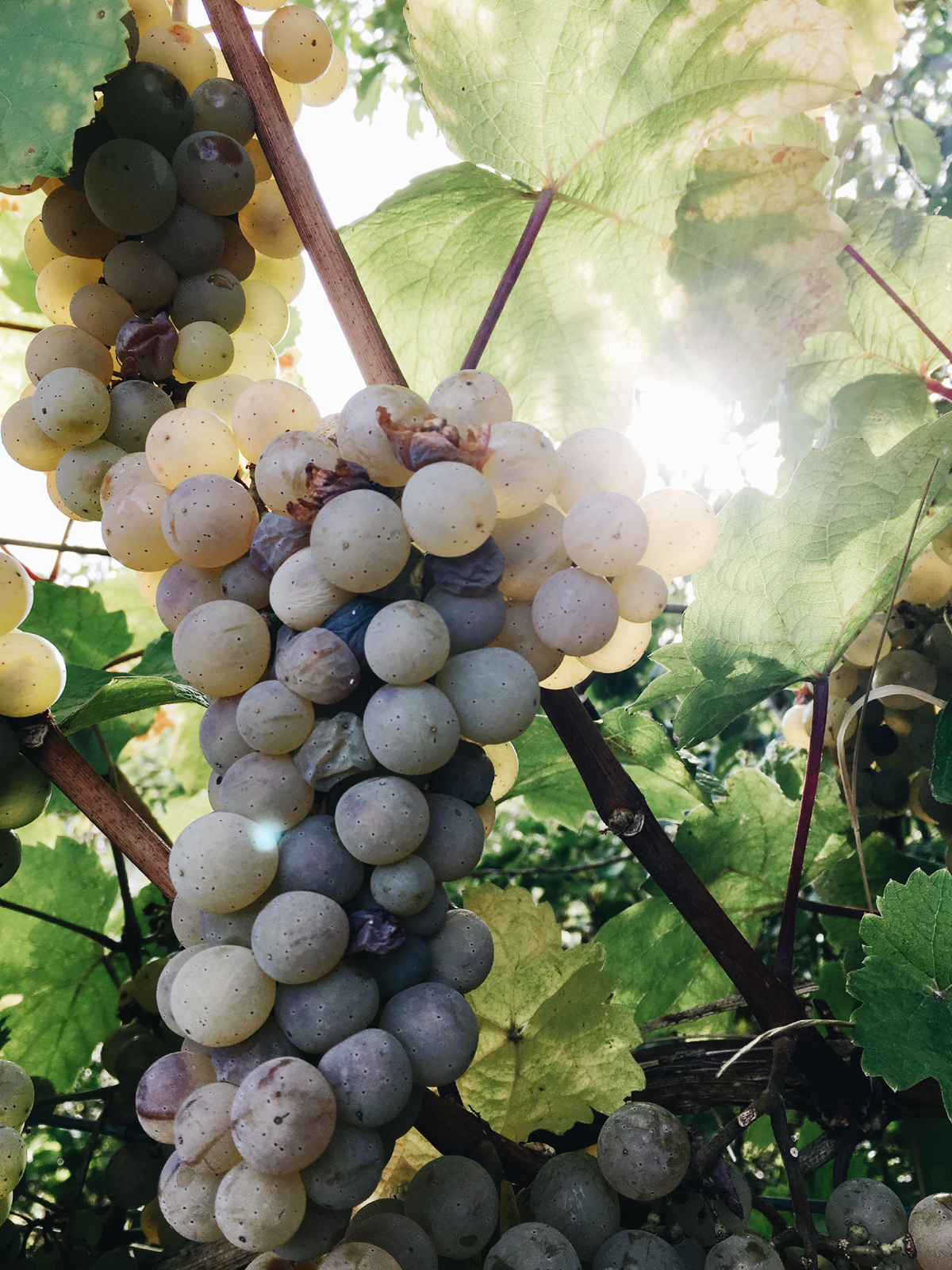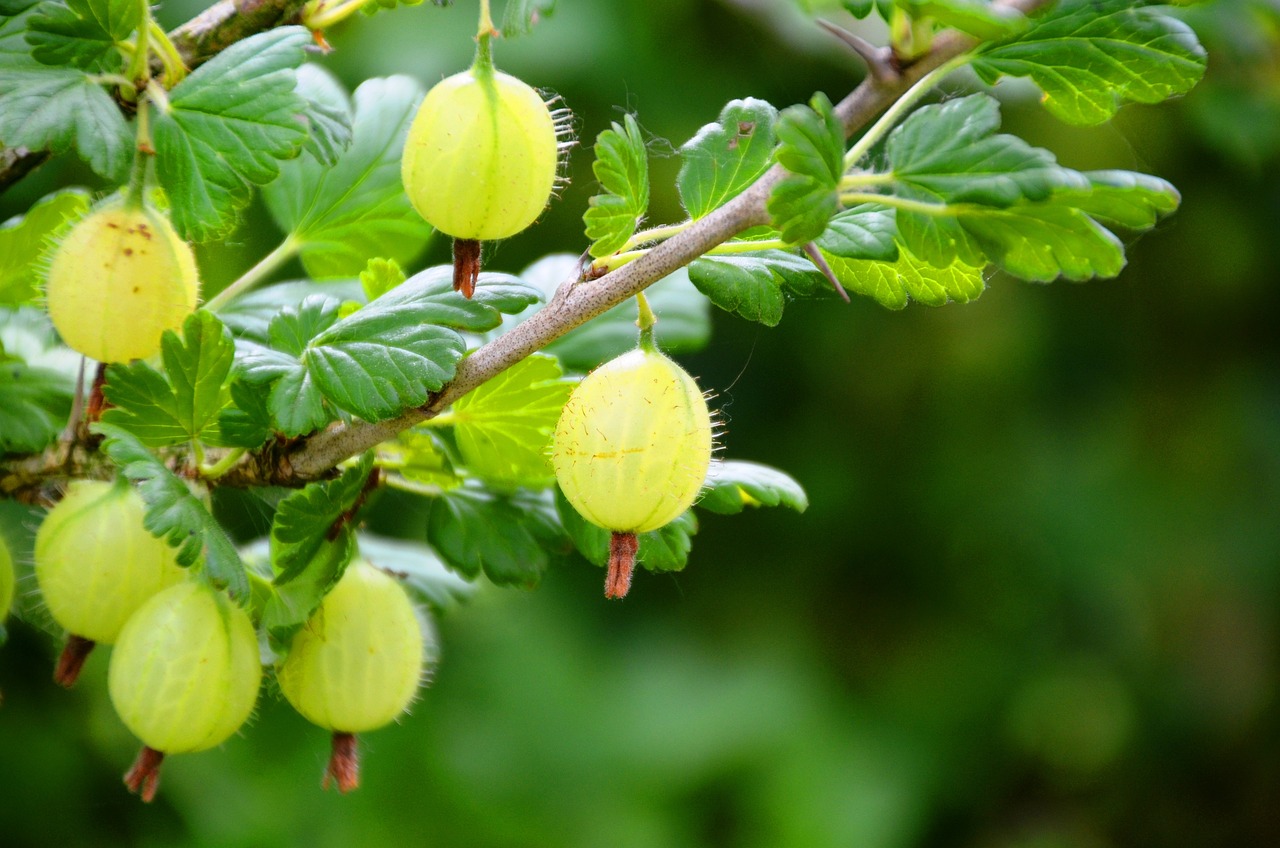Broccoli: From Seed to Harvest
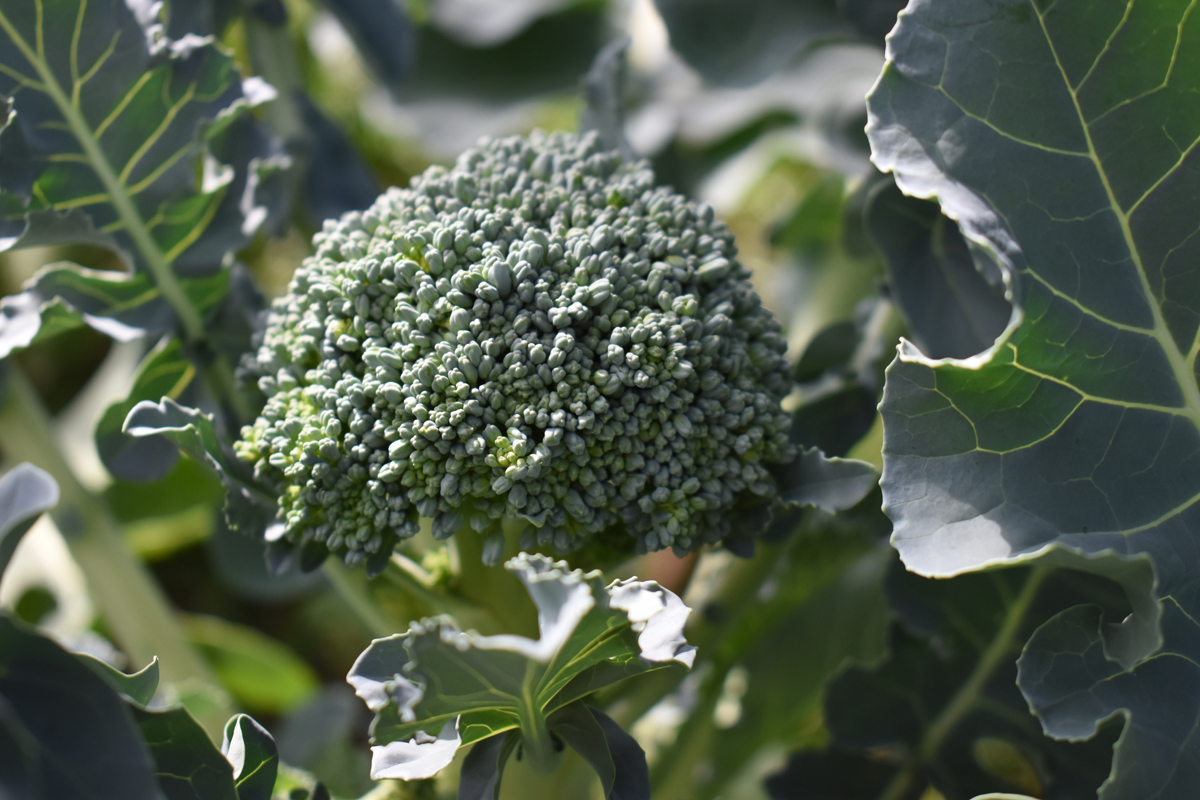
Where do I begin with just how much better home grown broccoli tastes over store bought nameless varieties? Maybe I am a bit biased because I think everything I eat from my garden tastes better, but I am sure I am not alone with this assessment.
Not only is broccoli great tasting, but very easy to grow. In fact I have been growing it at home for the better part of 10 years, and I can not remember, at any time, where I struggled growing it once. Along with its ease of growth, the many nutrients broccoli provides, makes for a great addition to anyone’s garden.
Broccoli grows best in cooler weather, but you can still get great florets in warmer temperatures (more on that in a moment). I have achieved excellent results by starting my broccoli seeds indoors about eight weeks prior to the final frost in my area. During this time, if outdoor temperatures heat up during the day to above 50 degrees, I will move the plants outdoors in the full sun, to start the acclimation process.
I continually add compost to my soil all fall and winter long, so I know my garden, from a pH standpoint is ready to go, but it never hurts to take a reading just in case and adjust your soil as needed. Broccoli grows best when the soil’s pH is a little below 7 (neutral), in my own experience.
I have done well when I only grow a couple of plants, up through a near dozen, but one thing I have found where the broccoli really does well, and that is in a spot that receives full sun (at least 8 hours) throughout the day.
Your broccoli plant will grow a large head in the center of the plant. When it is dark green, looks firm and the buds are “tight”, it is ready to be harvested. Simply use a sharp knife and cut the head off. Do not pull out the plant. As mentioned earlier, even after the head is harvested and spring moves into summer, the plant will still produce small broccoli florets for a few more weeks. Although higher temperatures will send it to over ripen much faster, if you keep an eye on your plant, daily, you can grab plenty of extra for a lunchtime salad.
I have done well in the past, planting my broccoli near onions, celery, tomatoes, peppers, carrots and eggplant. Neither the broccoli nor the neighboring plants showed any adverse effects so it seems broccoli makes for a great companion to a lot of these plants and more as some on our Facebook page have noted.
To be forewarned, broccoli will take up a lot of space, so if you utilize square foot gardening methods, most varieties of broccoli will take up two squares. Also, don’t be afraid to grow your broccoli in pots, containers or raised beds. It is the perfect plant for all of the above. They are very low maintenance. Just another reason why they should be part of your garden.
The Author:
Mike Podlesny is the author of Vegetable Gardening for the Average Person: A Guide to Vegetable Gardening for the rest of us, and creator of the monthly Seeds Club. https://averagepersongardening.com/seedsclub/step_2.php
Photo. Olin EJ

